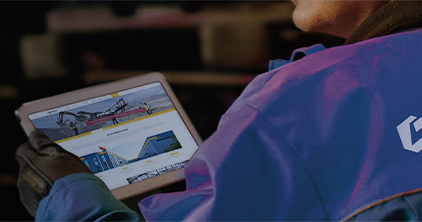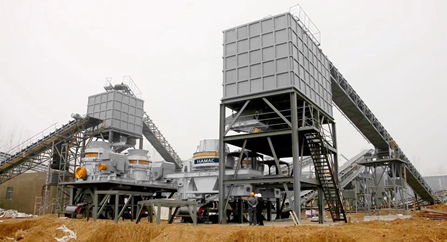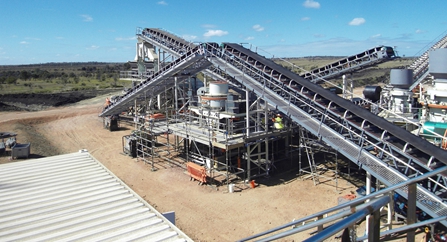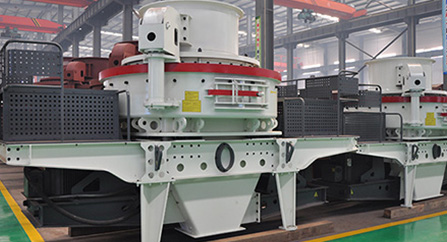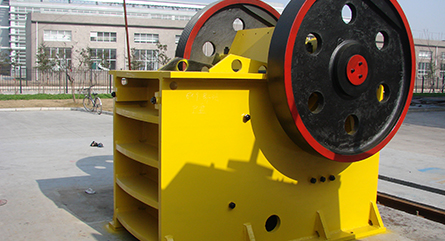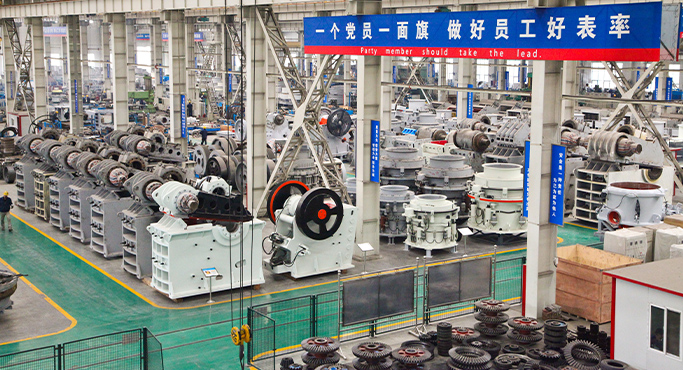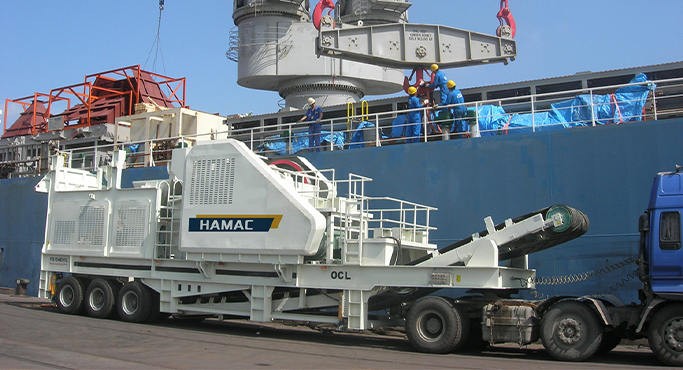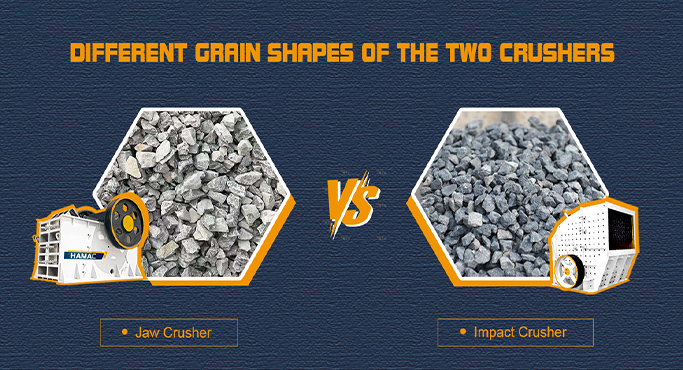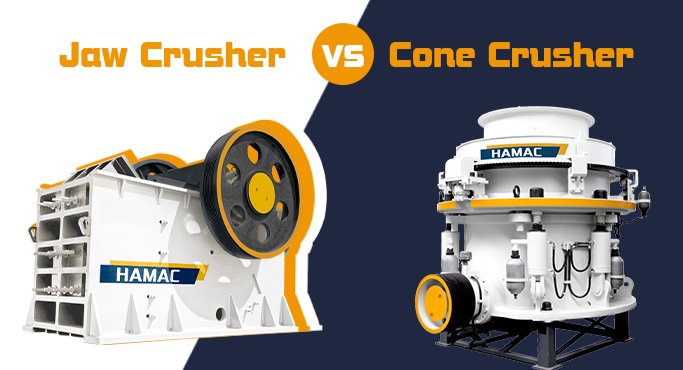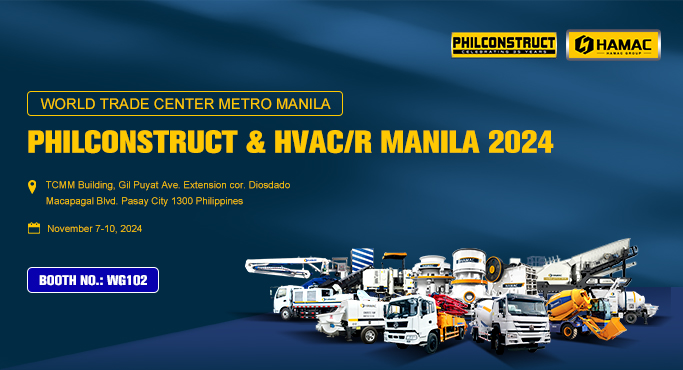The impact of mobile crusher in C&D recycling
The construction industry produces vast amounts of waste annually from demolition and new building projects. Traditional disposal methods, such as landfilling and long-distance transport, are increasingly unsustainable due to shrinking landfill space and stricter environmental regulations. With governments setting higher recycling targets, contractors are seeking efficient solutions to process reusable materials directly at construction sites.
The sustainable utilization of construction and demolition (C&D) waste begins with pretreatment to ensure the materials meet recycling standards. This process primarily involves mechanical sorting, supported by manual sorting where needed. The pretreated waste can either be recycled directly or further processed into specific products using advanced equipment. Further processing typically involves specialized equipment, such as mobile crushers and screening systems, to refine the materials.
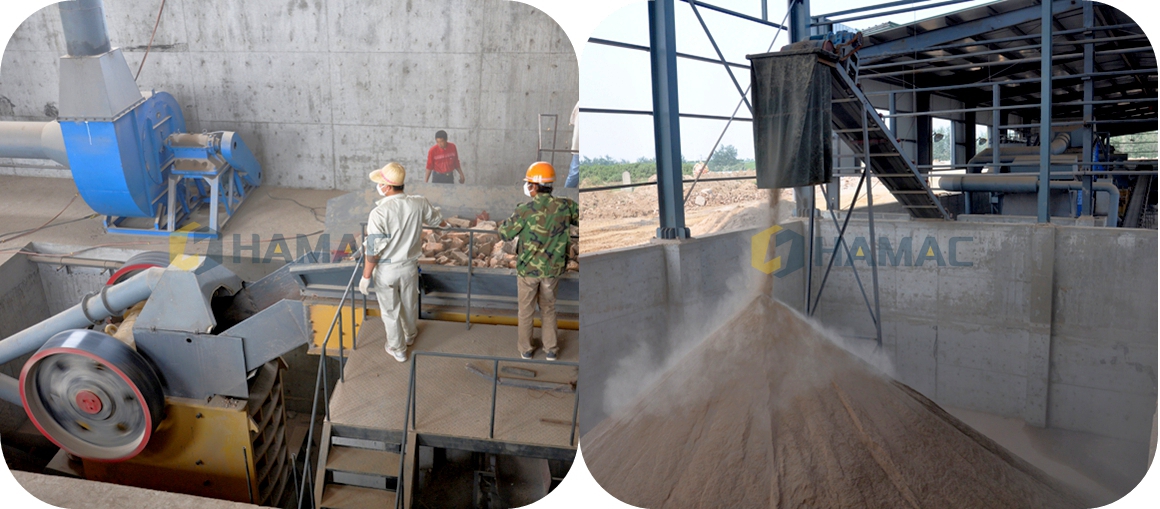
Treatment of C&D waste involves multiple stages.
On-site processing of construction waste
On-site treatment involves processing demolition debris and newly generated construction waste directly at the project site. This method includes screening and crushing, which minimizes transportation costs and landfill space while providing raw materials for new construction.
Impurity removal
Excavators feed the construction waste into a heavy screening station for preliminary impurity removal. About 30% of fine materials, such as soil, are screened out and can be repurposed as landscaping soil. Lightweight materials like wood, plastics, and fabrics are manually sorted out. Larger items requiring further crushing are processed in a mobile crusher.
Crushing process
Mobile crushers break down construction waste into smaller fragments. Materials that exceed the desired size are reprocessed, while smaller materials move to the screening phase.
Screening process
A mobile screening station with multiple layers divides the crushed material into different sizes, such as 0–5mm, 5–10mm, and 10–31.5mm aggregates. These recycled aggregates can replace natural sand and gravel. Larger aggregates are used in water-stable layers for roads, while smaller ones can be turned into construction products like bricks or paving stones.
Through this recycling process, the volume of waste is significantly reduced, and its potential environmental hazards are eliminated, achieving safe and sustainable treatment.
A mobile rock crusher is a portable crushing machine designed to reduce large stones, rocks, and ores into smaller, more manageable sizes for use in urban construction projects. These versatile machines are widely used across industries such as mining, recycling, quarrying, and infrastructure demolition. Due to their adaptability and efficiency, mobile rock crushers are increasingly favored by businesses in various sectors.
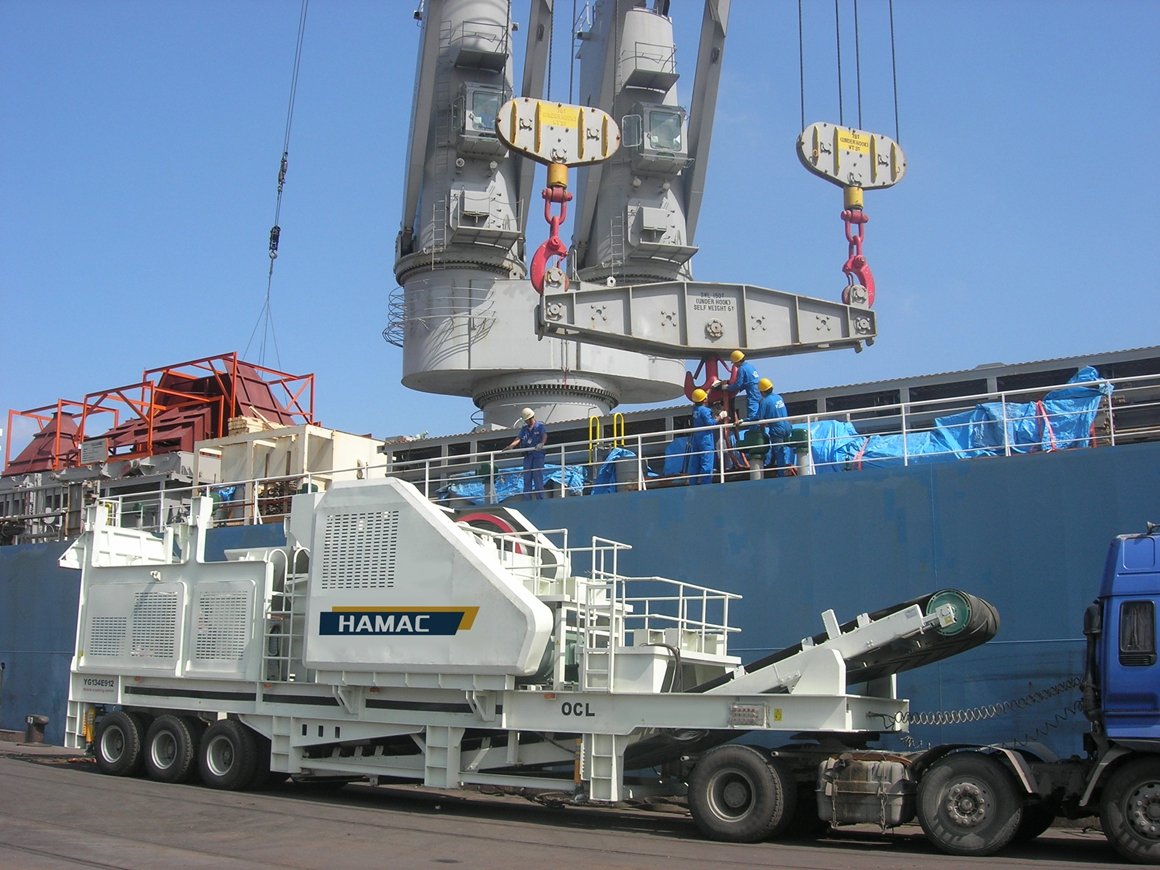
The advent of mobile stone crushers has revolutionized construction waste management, offering flexible, efficient, and environmentally friendly solutions.
The key benefits of the mobile crushers
On-site processing
The mobile stone crushing machine can operate directly at demolition or construction sites, reducing transportation and material costs.
Easy installation
These crushers eliminate the need for complex foundations, making setup quick and cost-effective, often completed in just over ten days.
Portability
Mounted on vehicles, mobile stone crushers are easy to move between sites, aligning with policies for "on-site processing and utilization".
Compact design
Integrated systems for feeding, crushing, and screening save space and adapt to tight working environments.
Versatile models
Mobile crushing machines come in various configurations, including jaw crushers, cone crushers, and impact crushers, ensuring optimal performance for different waste types.
Advanced controls
Equipped with remote control systems, mobile crushers enhance operational safety and simplify equipment management.
Over the years, the use of construction waste has evolved from landfill disposal to high-value recycling. Recycled aggregates are now utilized in infrastructure, landscaping, and construction materials, driving higher recycling rates and contributing to a sustainable future.

As a leader in waste treatment equipment, HAMAC focuses on green, resource-efficient solutions. The company’s mobile crushers combine cutting-edge technology with practicality, offering a comprehensive answer to construction waste challenges while promoting environmental sustainability.






